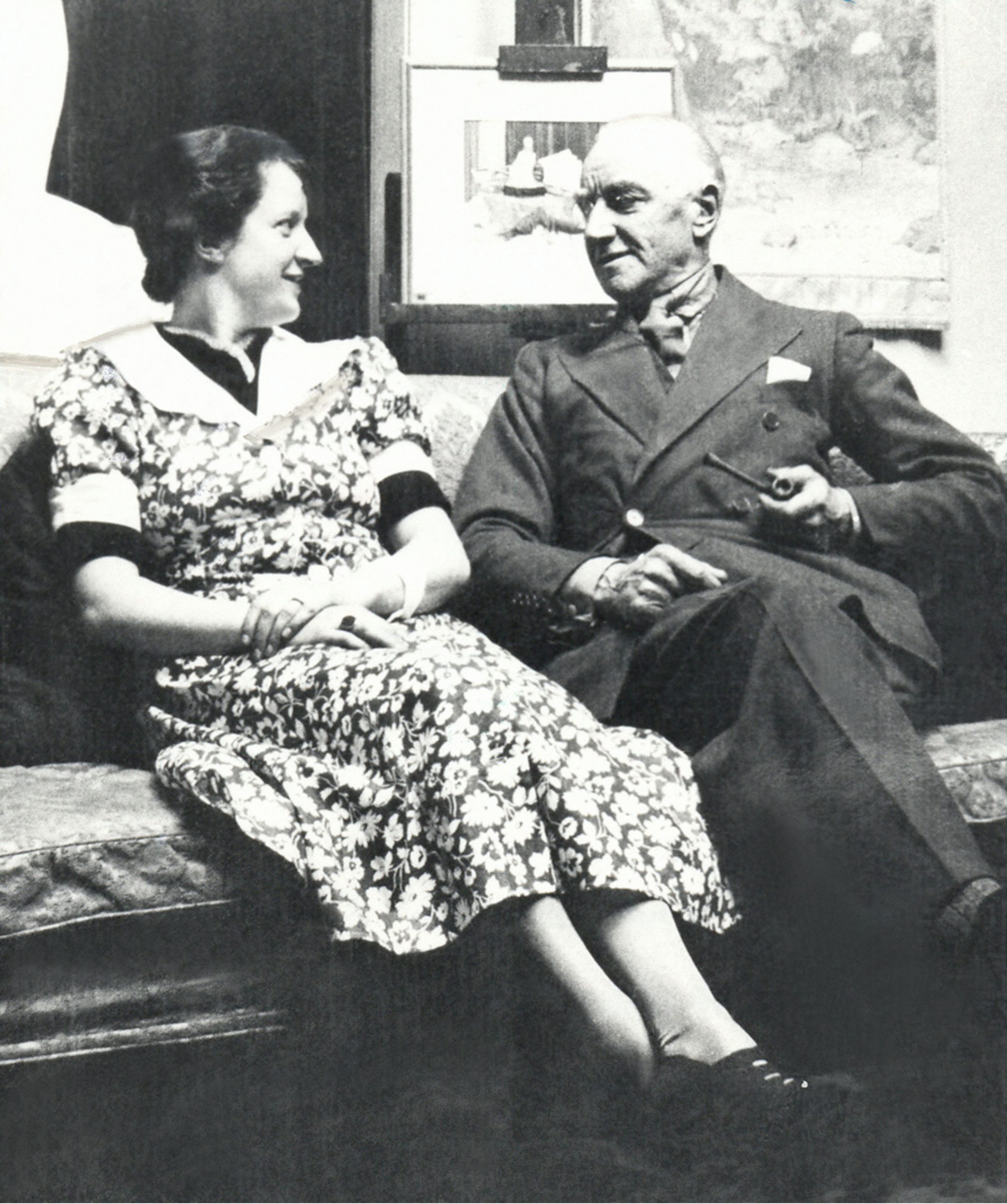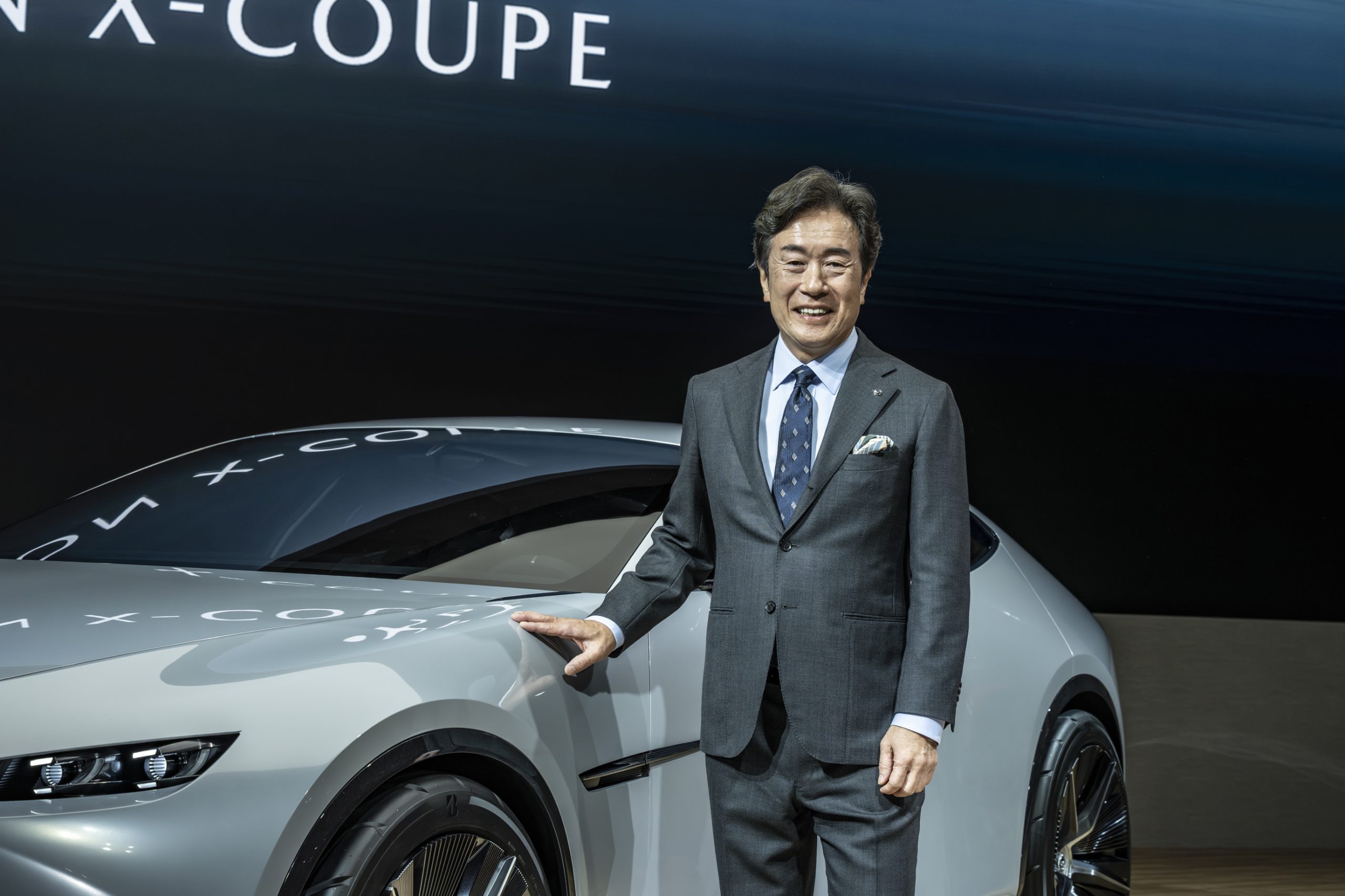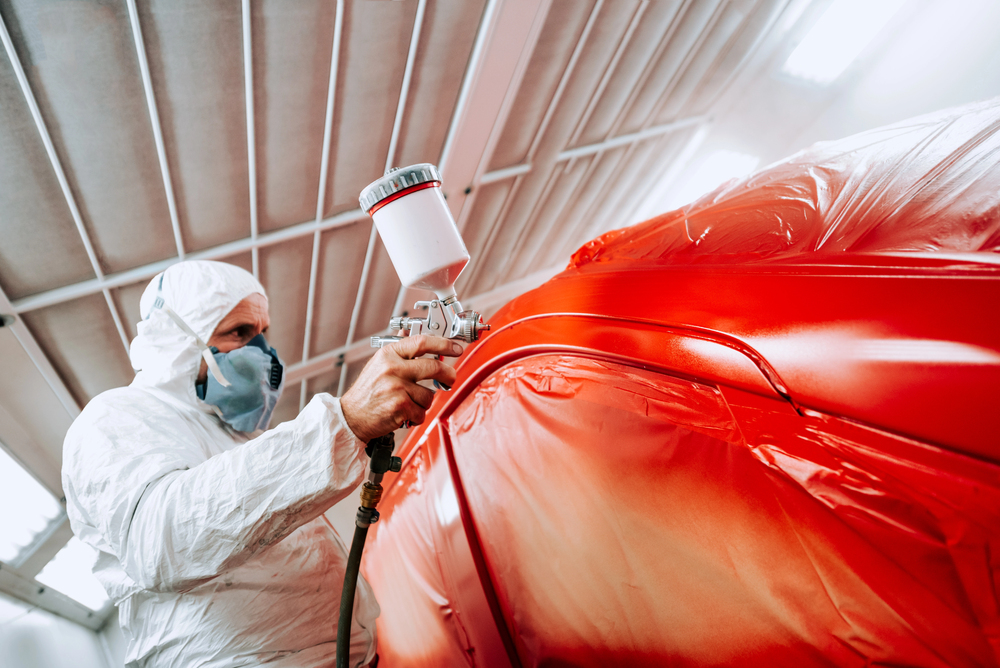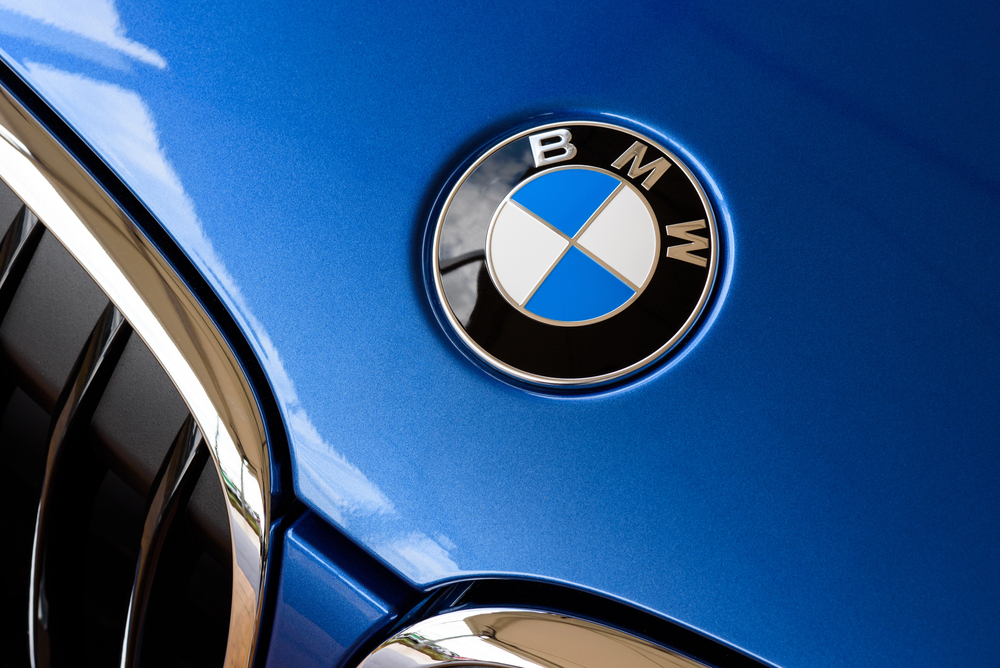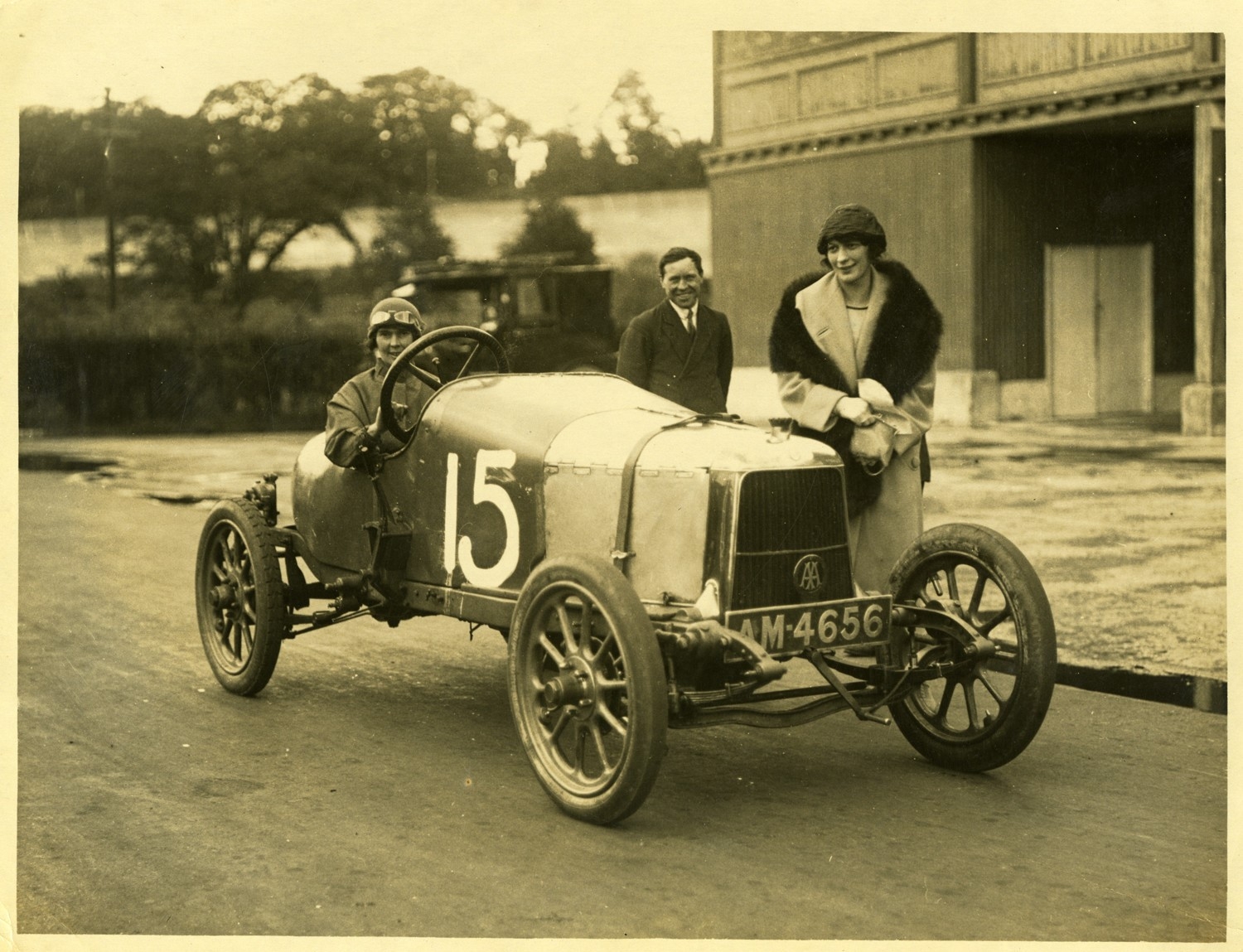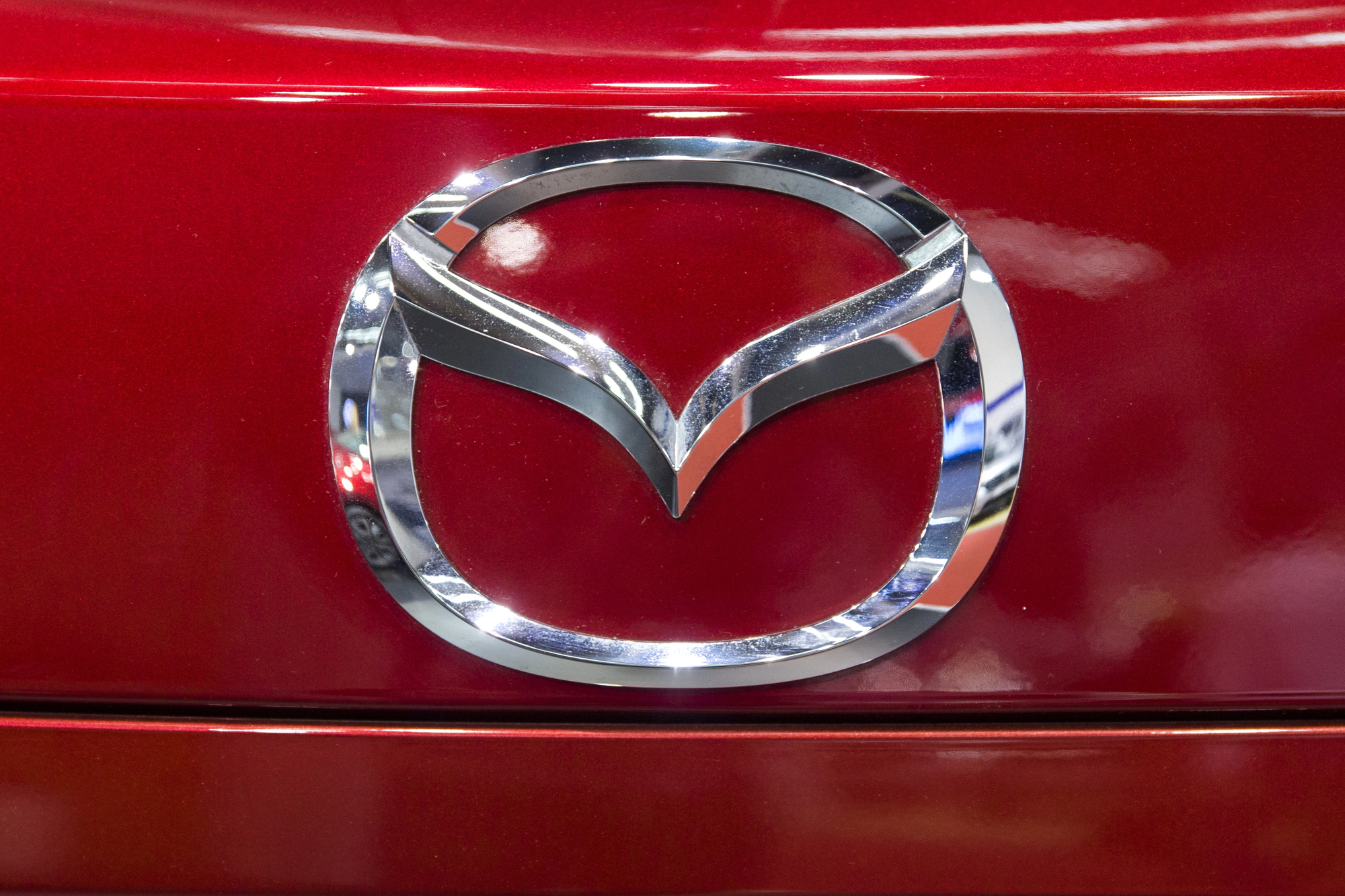How Many Lamborghini Veneno Were Made?
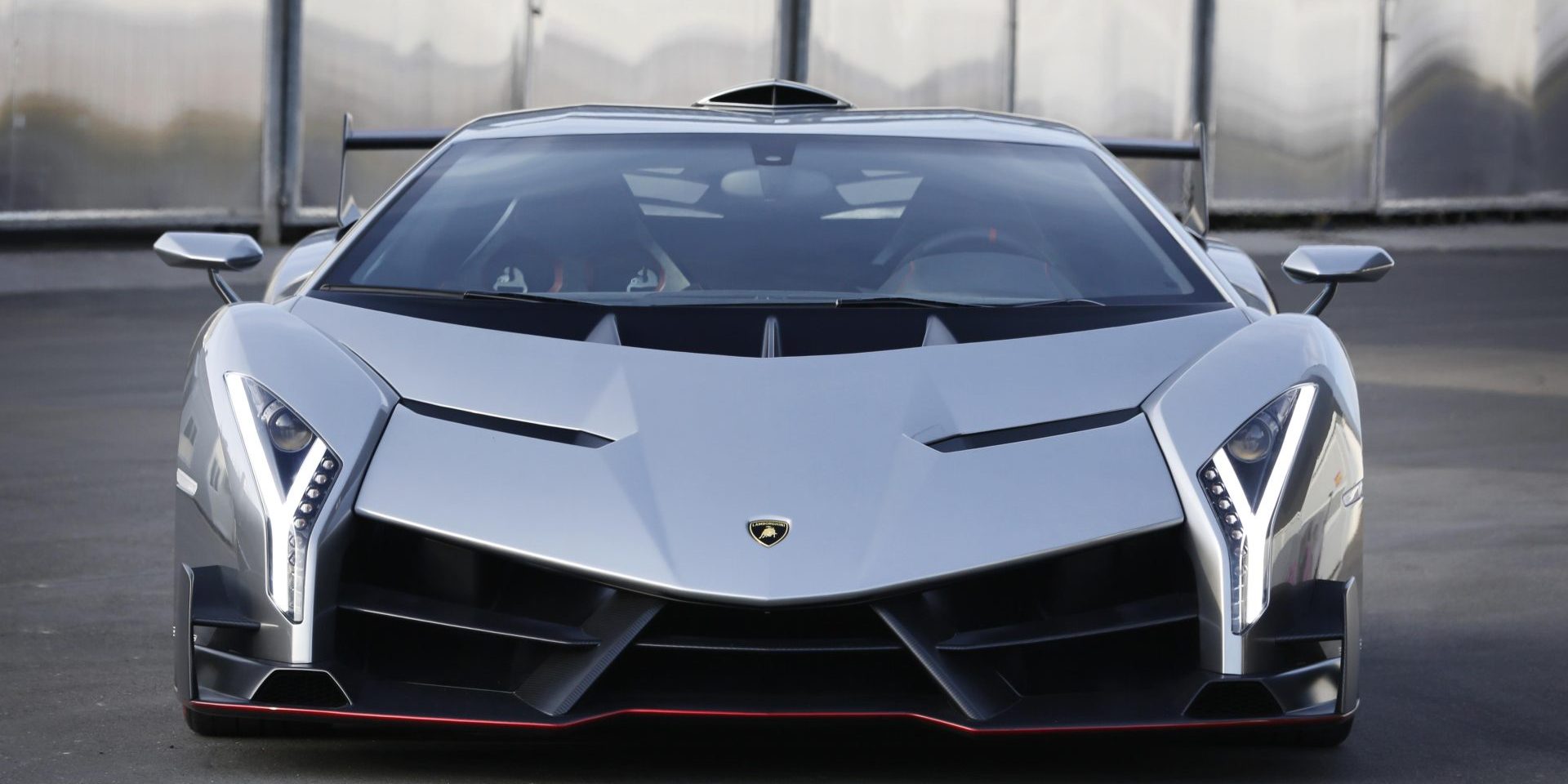

- Only 14 Lamborghini Veneno units were produced worldwide, including 3 coupés, 9 roadsters, and 2 factory-held prototypes, making it one of the rarest hypercars ever built.
- Powered by a 6.5L V12 producing 740 hp, the Veneno achieves a top speed of 356 km/h (221 mph) and accelerates from 0 to 97 km/h (0–60 mph) in 2.9 seconds.
- Built with Carbon Skin, Forged Composite, and aerodynamic innovations, the Veneno debuted at the 2013 Geneva Motor Show as a tribute to Lamborghini’s 50th anniversary.
Exactly 14 Lamborghini Veneno models were produced worldwide, making it one of the rarest hypercars in automotive history. Lamborghini built 3 Veneno Coupés, 9 Veneno Roadsters, and 1 prototype, with an additional coupe on display at the MUDETEC museum in Sant’Agata Bolognese.
Unveiled in 2013 to celebrate Lamborghini’s 50th anniversary, the Veneno was engineered for extreme performance and aerodynamic efficiency. Featuring a 750-horsepower 6.5L V12 engine, it accelerates from 0–100 km/h in just 2.8 seconds and reaches a top speed of 355 km/h (220.5 mph).
With design elements inspired by racing prototypes and only a handful ever sold, the Veneno remains one of the most exclusive production cars ever made…
Design and Style
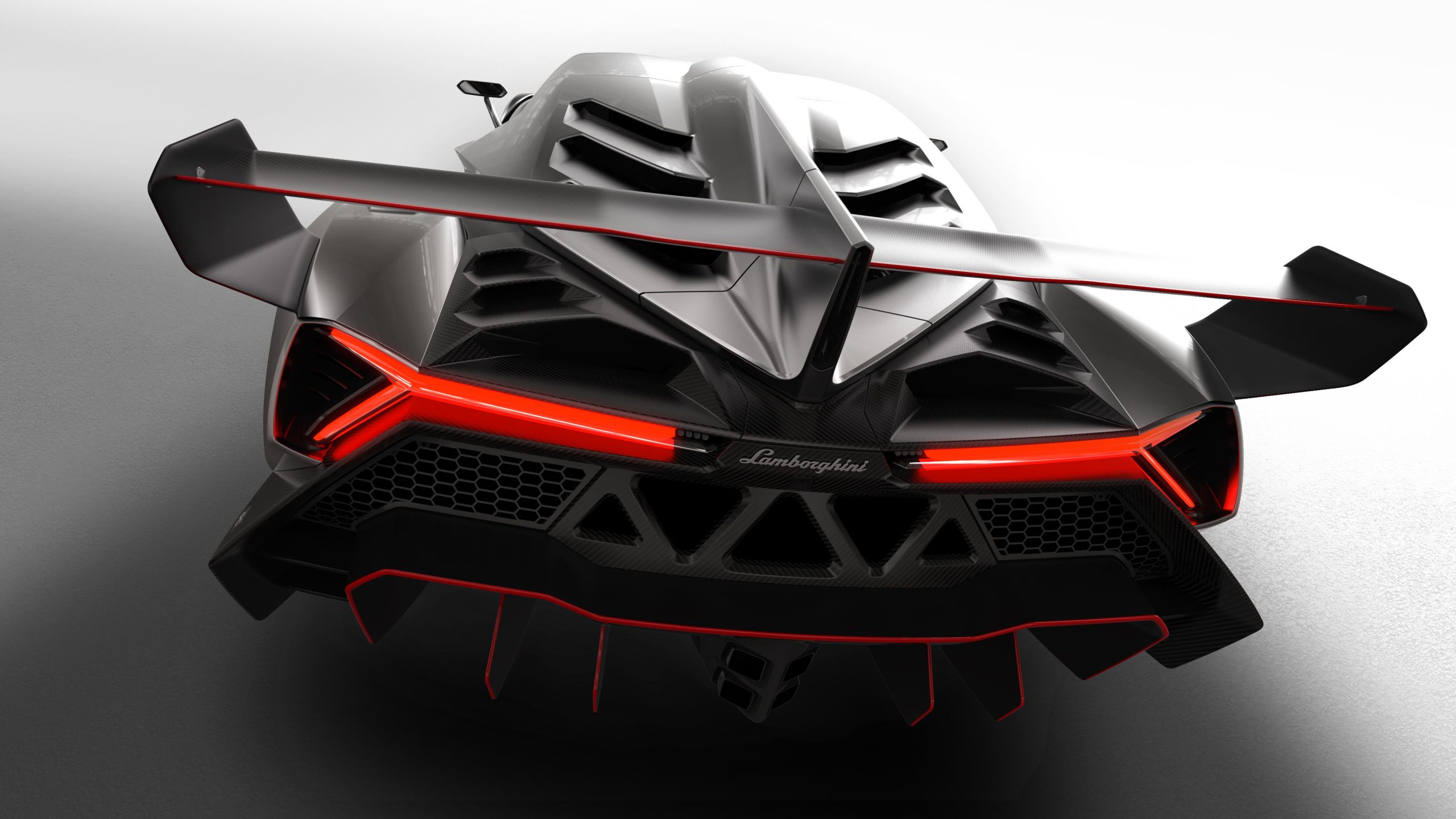
The Lamborghini Veneno was engineered with one priority: aerodynamic performance at speed. Every surface, vent, and structural component was designed with airflow in mind. The car’s form is not simply aggressive; it is functional, purposeful, and grounded in engineering principles refined through motorsport.
Constructed with a full carbon-fiber monocoque, the Veneno prioritizes weight reduction and chassis stiffness. The exterior panels and structural elements rely on lightweight composite materials, which help to keep the overall weight down while maintaining rigidity. These materials also allow for sharp, angular bodywork that enhances aerodynamic flow, reduces drag, and increases downforce. As a result, the Veneno delivers not just striking aesthetics but genuine performance benefits on track and road alike.
Exterior Aerodynamics and Inspiration
The Veneno’s shape reflects lessons learned from endurance racing. At the front, a large splitter channels airflow beneath the car, while oversized fender vents relieve pressure from the wheel wells. Side skirts and sculpted underbody elements stabilize the car at high speed, and the extensive use of vertical fins helps reduce turbulence. At the rear, a massive central fin stabilizes yaw during cornering, and an adjustable carbon-fiber wing provides the necessary downforce based on speed and driving conditions.
Each of the three Veneno coupés delivered to customers was finished with subtle accents in the colors of the Italian flag—green, white, and red. This not only paid tribute to Lamborghini’s national heritage, but also provided visual differentiation between units. The car’s sculpted panels, Y-shaped lighting signature, and tri-exit exhaust layout all serve functional roles while reinforcing Lamborghini’s design language.
- Downforce: Generated through a combination of underbody channels, fixed diffuser, and adjustable rear wing.
- Cooling and Stability: Managed by carefully positioned air intakes, designed to direct airflow across radiators and over high-pressure zones.
Interior Function and Materials
Inside, the Veneno continues the performance-first philosophy with minimal weight and maximum structural efficiency. The cabin uses Lamborghini’s proprietary materials such as Carbon Skin—a resin-infused, flexible carbon-fiber weave—throughout the seat surfaces and headliner. This material not only reduces weight but provides enhanced durability over traditional leather or Alcantara.
The seats, dashboard, and central tunnel are constructed using Forged Composite, a patented carbon material developed by Lamborghini for its strength-to-weight benefits. Exposed weave patterns in the doors and center console serve as a visual reminder of the engineering focus behind the design. Controls are intentionally sparse, with the essential systems placed within immediate reach of the driver.
Both the coupé and roadster versions of the Veneno offer identical interior construction and design. The roadster differs only in its removable roof structure, which provides an open-air experience without sacrificing aerodynamic performance or chassis integrity.
- Materials: Carbon Skin, Forged Composite, and visible carbon-fiber monocoque.
- Design Integration: Interior contours mimic the sharp, angular theme of the exterior bodywork, creating visual continuity throughout the vehicle.
The Veneno’s coupe and roadster iterations both preserve the distinct style while providing a different driving experience, with the Veneno Roadster embracing the freedom of an open-top design without compromising on the brand’s iconic styling.
Performance and Engineering
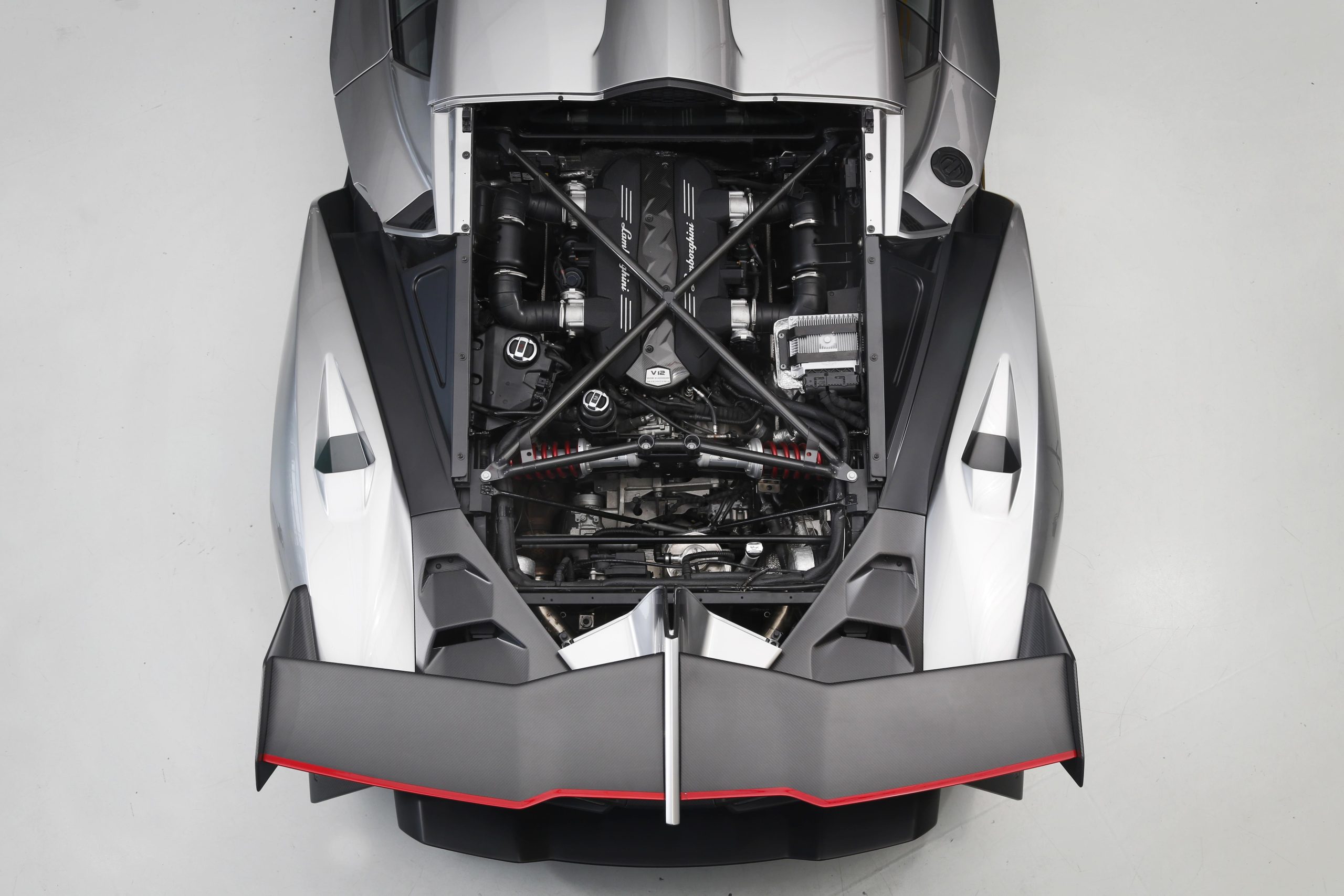
The Lamborghini Veneno was developed as a proof of concept for what a road-legal hypercar could achieve when race-derived engineering is applied without compromise. Every aspect of its drivetrain, suspension, and aerodynamic system was built to serve speed, stability, and mechanical efficiency.
Engine and Drivetrain
At the core of the Veneno is a naturally aspirated 6.5-liter V12 engine, based on the Aventador’s powerplant but recalibrated for increased output and sharper throttle response. The engine produces 740 horsepower at 8,400 rpm and 690 Newton-meters (509 pound-feet) of torque at 5,500 rpm. The redline and powerband were tuned to deliver continuous acceleration deep into the rev range, with minimal drop-off in torque delivery.
Power is sent to all four wheels through Lamborghini’s ISR (Independent Shifting Rods) seven-speed automated manual transmission. Unlike traditional dual-clutch systems, ISR provides mechanical engagement with near-instantaneous gear shifts. Its compact design reduces weight and allows for aggressive shift mapping under high load, essential for performance driving.
The Veneno features a permanent all-wheel-drive system, which distributes torque variably to maximize traction under hard acceleration and during corner exit. Combined with the vehicle’s low center of gravity and stiff chassis, this drivetrain configuration ensures stable power delivery even at the car’s top speed.
- Engine Displacement: 6.5 L V12, naturally aspirated
- Power Output: 740 hp @ 8,400 rpm
- Torque: 690 Nm (509 lb-ft) @ 5,500 rpm
- Transmission: 7-speed ISR with paddle shifters
- Drivetrain: Full-time AWD with electronically managed torque vectoring
Aerodynamics and High-Speed Performance
The Veneno’s body was shaped by extensive computational fluid dynamics (CFD) simulations and validated through wind tunnel testing. The underbody features full-length diffusers and venturi tunnels that accelerate airflow and reduce lift. Air is channeled precisely over the bodywork via front splitters, side blades, and active wing elements, each calibrated to reduce drag while increasing usable downforce.
This design allows the Veneno to remain planted at high speeds and stable under extreme cornering forces. The adjustable rear wing and rear fender aeroblades dynamically optimize airflow balance between the front and rear axles. Lamborghini engineers also integrated an NACA duct system to feed the V12 engine while reducing intake drag.
The Veneno uses a racing-style pushrod suspension system with horizontal dampers and adjustable settings. This architecture reduces unsprung weight and allows for precise damping control, which improves handling predictability across varying track surfaces and road conditions.
- Top Speed: 356 km/h (221 mph)
- 0–97 km/h (0–60 mph): 2.9 seconds
- Suspension: Pushrod-activated system with horizontal dampers
- Downforce Optimization: Active rear wing and venturi underbody
The Veneno is not only fast in a straight line; it maintains lateral grip and braking stability far beyond most production vehicles. This is due in part to its balanced weight distribution, extensive use of lightweight materials, and an electronic stability system that works in tandem with the drivetrain and aerodynamics.
Production and Exclusivity
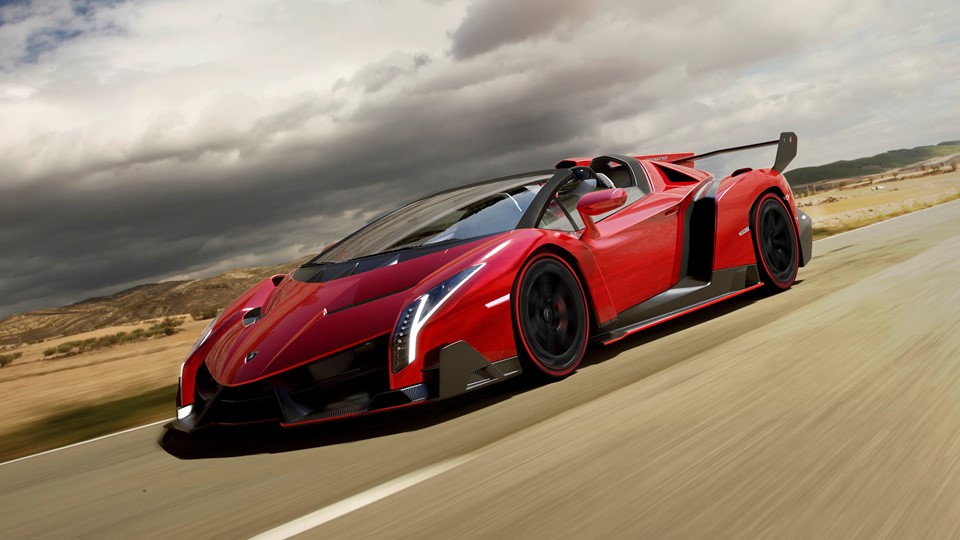
The Lamborghini Veneno represents one of the most limited and carefully curated production runs in the brand’s history. Built to mark Lamborghini’s 50th anniversary, it was never intended as a mass-produced hypercar, but rather as a rolling demonstration of design and engineering principles taken to their outer limits. Each unit was handcrafted, individually numbered, and distributed to a small, carefully selected group of clients.
Limited Edition Origins
Unveiled at the 2013 Geneva International Motor Show, the Veneno was created not just to commemorate Lamborghini’s five-decade milestone, but to embody the company’s design future. It was built as a direct evolution of the Aventador platform, incorporating learnings from racing aerodynamics and materials engineering.
The name “Veneno” continues Lamborghini’s long-standing tradition of naming vehicles after legendary Spanish fighting bulls. According to historical accounts, Veneno was a fierce and powerful bull who gained notoriety for fatally injuring a matador in 1914. The name was chosen to convey strength, aggression, and a fearsome reputation—qualities Lamborghini sought to instill in the car itself.
The Veneno also draws a symbolic line back to the Countach, which redefined exotic car design in the 1970s. Like the Countach, the Veneno broke from tradition and pushed the aesthetic and mechanical boundaries of what a road car could be. It was engineered to spark debate, admiration, and aspiration.
Production Numbers and Distribution
Lamborghini produced an extremely limited number of Venenos:
- Coupé: 3 customer units
- Roadster: 9 customer units
- Factory-retained vehicles: 1 coupé prototype (used for testing) and 1 coupé retained by the company, currently on display at MUDETEC (Museo delle Tecnologie), Lamborghini’s museum in Sant’Agata Bolognese.
Each of the three coupés sold to customers featured a unique color accent in green, white, or red—a subtle nod to the Italian tricolore. These details were integrated into the body lines and interior stitching, creating instant visual distinction between the three vehicles while reinforcing their national origin.
The nine roadster models followed shortly after, using the same 6.5-liter V12 platform but incorporating an open-top design. Unlike traditional convertibles, the roadster version did not feature a retractable roof mechanism, keeping weight and structural complexity to a minimum. The chassis was reinforced to maintain rigidity and performance levels identical to the coupé.
All twelve customer vehicles were pre-sold before public release, with buyers selected through a vetting process that prioritized existing Lamborghini collectors and VIP clientele. Prices at launch were reported at approximately €3.3 million per unit, excluding taxes and customization fees, making the Veneno one of the most expensive production vehicles of its time.
- Total Units Produced: 14 (3 coupés, 9 roadsters, 2 non-commercial factory vehicles)
- Launch Price: ~€3,300,000 per unit
- Current Market Value: Varies widely based on provenance, but has exceeded $8 million in private sales and auctions
The scarcity of units, combined with the car’s historical relevance and mechanical uniqueness, has made the Veneno a mainstay among ultra-rare supercars. It is rarely offered for public sale, and when it is, transactions typically occur through closed-door arrangements with specialized brokers or private collectors.um in Sant’Agata. These vehicles became instant collectibles, with ownership confined to a select group of Lamborghini enthusiasts in regions like the United States and the Middle East. As a hypercar that redefined exclusivity, the Veneno is an emblem of Lamborghini’s commitment to producing the extraordinary.
Historical Significance
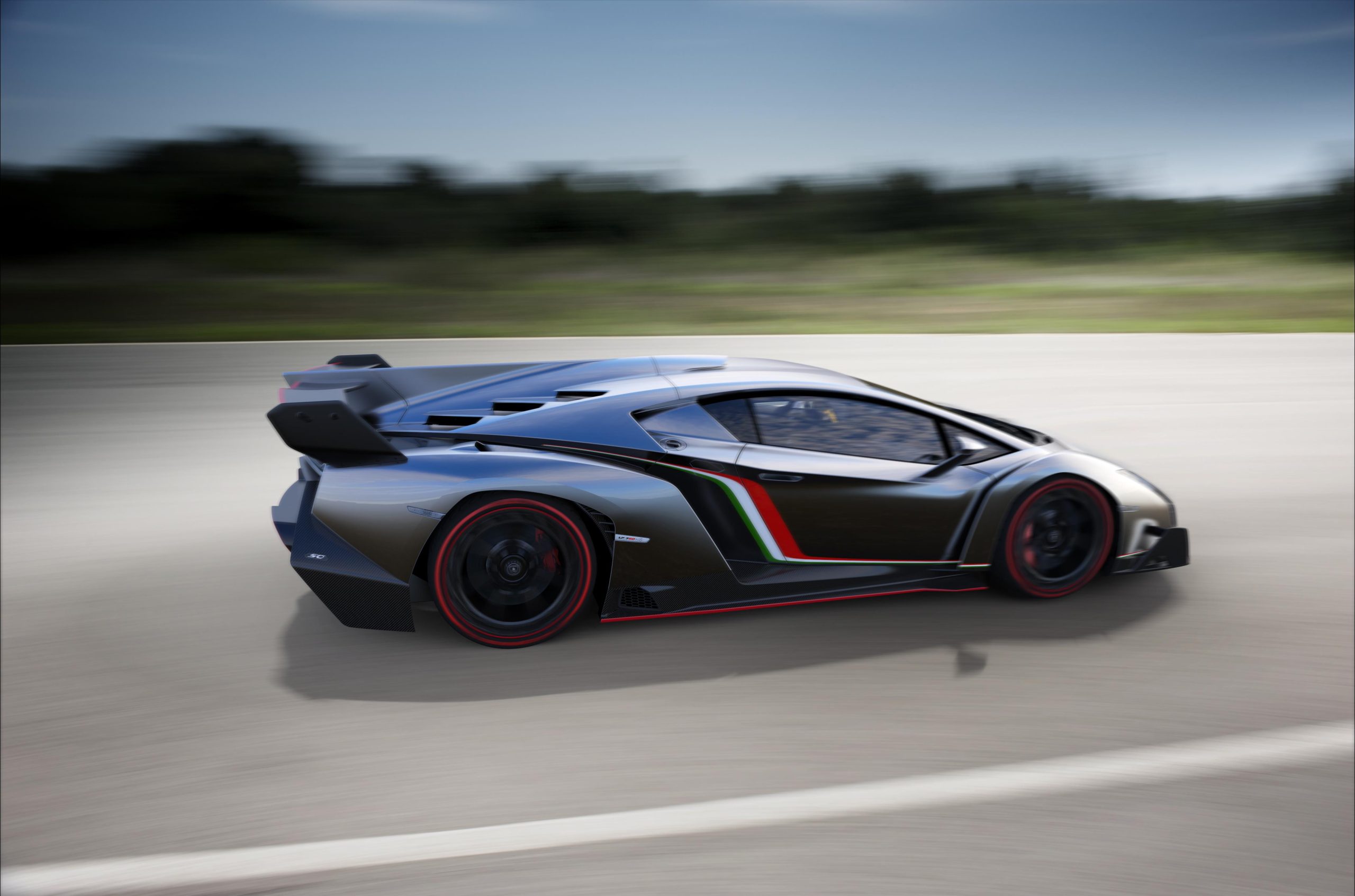
The Lamborghini Veneno represents more than a commemorative edition; it marks a turning point in Lamborghini’s evolution as a manufacturer of track-focused, technologically progressive hypercars. Conceived for the brand’s 50th anniversary, the Veneno was not merely a showpiece, but a platform for expressing Lamborghini’s future direction in materials engineering, aerodynamics, and powertrain architecture.
Legacy and Influence
When the Veneno debuted at the 2013 Geneva International Motor Show, it was introduced as the most extreme road car Lamborghini had ever built. Its significance lay not just in its performance metrics or price point, but in what it represented: a synthesis of decades of technical advancement and a clear signal of the brand’s long-term vision.
The car was developed on the Aventador LP700-4 platform but substantially modified in nearly every aspect. Its aggressive styling and radical aero elements were drawn from the world of Le Mans racing prototypes, and it served as a testbed for carbon-fiber applications, integrated active aerodynamics, and structural refinement techniques that would trickle down into future Lamborghini models.
The Veneno also represents a critical link between Lamborghini’s past and its future. The Countach redefined supercar aesthetics in the 1970s with angular bodywork and scissor doors. The Aventador brought those design traits into the 21st century with improved handling, safety, and reliability. The Veneno took those same foundations and layered on the influence of motorsport, creating a product that blurred the lines between track machine and street-legal car.
Its impact also extends beyond Lamborghini. The Veneno influenced a generation of hypercars that followed, vehicles that embraced extreme design and bespoke production methods. Manufacturers increasingly adopted limited-run, collector-focused production strategies after seeing the Veneno’s commercial success and brand-enhancing power.
Cultural and Design Impact
The Veneno is a benchmark in modern Italian automotive design. It combines aesthetic risk-taking with a precision-focused engineering philosophy. Every design choice, from the Y-shaped LED elements to the functional roof scoop and center fin, was rooted in aerodynamic necessity. These features were not just stylistic; they improved cooling, stability, and performance.
This unapologetically technical design language has continued to influence Lamborghini’s concept cars and production vehicles, including the Centenario, Sián, and Revuelto. The visual DNA established by the Veneno has also become embedded in the brand’s identity, prioritizing sharp, mechanical lines over more organic forms common in rival manufacturers’ hypercars.
In terms of public visibility, the Veneno has become a staple at international auto shows and high-profile exhibitions. After Geneva, it was displayed at the Las Vegas Consumer Electronics Show and other global stages, where it was often showcased not just as a car, but as a feat of industrial design and engineering. Its scarcity has only added to its mystique, cementing its position as a cultural artifact as much as a high-performance vehicle.
- Influenced Models: Centenario, Sián FKP 37, Revuelto
- Debut Events: 2013 Geneva Motor Show, Las Vegas CES, and private Lamborghini showcases
- Design Legacy: Established aggressive, function-first aesthetic standard now seen across the lineup
The Veneno will likely never be repeated, not just in its form, but in its purpose. It arrived at a moment when Lamborghini was transitioning from its role as a high-performance automaker into a full-fledged design and technology powerhouse. As a result, the Veneno remains one of the clearest reflections of what the brand values most: innovation, boldness, and mechanical purity.
Market and Ownership
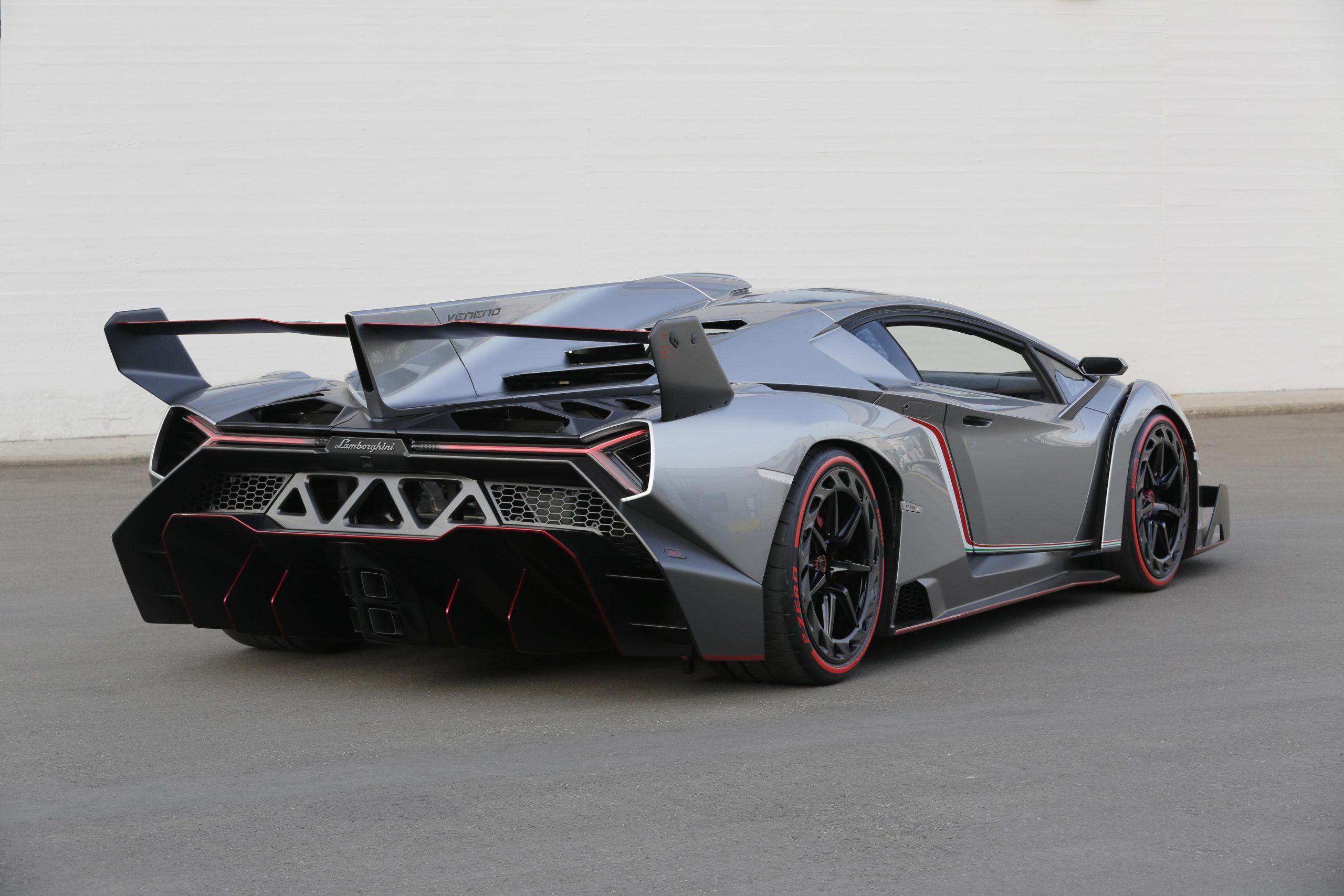
The Lamborghini Veneno occupies one of the highest tiers of the global automotive market, both in price and in rarity. With only a handful of units released to the public, it was never intended to serve mass-market demand. Instead, it was aimed squarely at a highly selective audience of ultra-high-net-worth individuals and seasoned collectors who value technical rarity as much as performance.
Sales and Pricing Context
At launch, the Veneno was priced at approximately €3,300,000 for the coupé version, making it one of the most expensive production cars available at the time. Despite the price, demand far exceeded supply. All three coupés and nine roadsters were sold before the public unveiling, with Lamborghini reportedly vetting buyers to ensure each unit would go to a collector with a strong relationship to the brand.
The price point triggered significant discussion across the automotive world. Critics questioned whether the cost was justified based solely on performance metrics, particularly when compared to other hypercars offering similar or superior acceleration and top speed. However, supporters emphasized the value of its limited production, design pedigree, and long-term appreciation potential in the collector’s market.
While the public conversation included comparisons with cars such as the LaFerrari, McLaren P1, and Bugatti Veyron, the Veneno stood apart by virtue of its symbolic purpose. It was not created to chase lap times or acceleration records. Instead, it was designed to be a rolling tribute to Lamborghini’s design future, with a price that reflected its collectible status rather than its performance-per-dollar ratio.
- Launch Price: Approximately €3,300,000 per unit
- Production: 3 coupés, 9 roadsters for private customers
- Price Justification: Based on exclusivity, commemorative value, and collectible potential rather than outright performance
Ownership Demographics and Locations
Due to the extraordinary cost and limited availability, Veneno ownership is concentrated in regions with a high density of ultra-luxury vehicle collectors. The United States and the Middle East, particularly countries such as the United Arab Emirates and Saudi Arabia, have emerged as key markets. These regions combine strong economies with a cultural appetite for rare supercars, limited editions, and bespoke vehicle customization.
Each Veneno sold included bespoke touches tailored to its owner, often with custom interior configurations and region-specific features. These details, along with the vehicle’s inherent rarity, have ensured that most Venenos remain part of private collections or museum-quality automotive showcases. Very few are driven regularly, which has contributed to low mileage counts and exceptional preservation among surviving units.
- Primary Markets: United States, United Arab Emirates, Saudi Arabia, and select European nations
- Ownership Type: Predominantly high-profile collectors, private museum owners, and Lamborghini brand patrons
- Public Listings: Rare and typically brokered through private channels or invitation-only auctions
Today, the Veneno is viewed less as a hypercar for driving and more as a capital asset. When it does change hands, it does so discreetly, often through closed-network brokers or curated high-net-worth auctions. As the automotive landscape moves further into electrification, the Veneno is gaining historical significance as one of the last naturally aspirated V12 hypercars built for pure combustion-era performance and design expression.
Unique Features and Accolades

The Lamborghini Veneno stands apart not only for its limited production and aggressive design but also for the advanced materials and technologies that define its construction. Every element of the car was chosen or engineered to meet the demands of high-speed performance while maintaining the exclusivity expected of a hypercar with this level of rarity.
Advanced Materials and Engineering Innovation
One of the most distinctive features of the Veneno is its use of Lamborghini’s proprietary Carbon Skin. This flexible, lightweight material is used throughout the cabin, including the seats, headliner, and lower dash. Unlike traditional carbon fiber, Carbon Skin is more malleable and designed for interior applications that require both durability and tactile comfort. It contributes significantly to the car’s weight reduction strategy.
The chassis and structural components also make extensive use of Forged Composite, a carbon fiber material pioneered by Lamborghini. Forged Composite differs from standard woven carbon fiber by using chopped carbon fibers in a resin matrix, which is then compressed under high pressure. This process creates components that are lighter and stronger, while also allowing for more complex shapes.
Aluminum is used in select areas to optimize the weight-to-strength ratio, particularly in the suspension and subframe mounts. These lightweight materials work together to keep the Veneno’s curb weight as low as possible while maintaining the structural rigidity required for precise handling.
- Carbon Skin: Applied to seat upholstery, headliner, and interior trim for weight savings and durability
- Forged Composite: Used in seats, center tunnel, and structural reinforcements
- Aluminum Alloys: Incorporated in high-stress components to reduce unsprung weight and improve suspension response
Exclusivity and Recognition
With only fourteen units produced globally, the Veneno is one of the rarest production vehicles Lamborghini has ever created. Its exclusivity alone has earned it a place among the most talked-about and valuable cars of the 21st century. Each unit is considered a collector-grade asset, and resale values in the private market have reflected that status, often reaching two to three times the original asking price.
Although the Veneno has not won a long list of industry awards, it was never designed with trophies in mind. Instead, its role was to redefine expectations in materials science, aerodynamic experimentation, and ultra-limited production marketing. The car’s influence is more evident in Lamborghini’s subsequent use of Carbon Skin and Forged Composite across its lineup, and in the rising popularity of ultra-exclusive, multi-million-euro builds among other manufacturers.
It has been featured in prominent automotive media, displayed at major international auto shows, and used as a halo model in Lamborghini’s brand storytelling. Its presence in the luxury car sector is driven by innovation and rarity rather than by formal accolades or competition records.
- Industry Awards: Limited formal recognition, but featured prominently in collector and design-focused showcases
- Market Value: Consistently ranked among the most expensive production cars ever built
- Legacy Impact: Pioneered materials that now define Lamborghini’s high-end vehicles, including the Centenario and Sián
The Veneno remains a case study in how extreme engineering, strategic scarcity, and innovative design can come together to create a car that is remembered not for how many races it won, but for how far it pushed the idea of what a road-legal supercar can be.
If you enjoyed this article, be sure to follow us on Microsoft Start.
You may also like…
The 10 Most Iconic Lamborghinis Of All Time
Lamborghini Veneno FAQs
How many Lamborghini Veneno are there?
Lamborghini produced a total of 14 Veneno units, including:
3 coupés sold to private customers
– 9 roadsters sold to private customers
– 1 coupé prototype used for testing
– 1 coupé retained by Lamborghini, currently displayed at MUDETEC museum in Sant’Agata Bolognese
Only 12 were sold to the public, making the Veneno one of the rarest production hypercars ever made.
Who owns the 13 Lamborghini Veneno?
Out of the 13 Lamborghini Veneno units produced for customers (3 coupés and 9 roadsters), most remain in the hands of ultra-high-net-worth collectors and Lamborghini loyalists across the globe. While Lamborghini has not officially released a full ownership list, several Veneno owners have been publicly identified.
Known Lamborghini Veneno owners include:
Antoine Dominic – Owner of Lamborghini Long Island and a former Ferrari customer, he was one of the three buyers of the Veneno Coupé.
Kris Singh – Managing Director of Tequesta Investments in Florida. Singh famously acquired a Veneno Coupé and has showcased it at several automotive events and on social media.
The remaining cars are believed to be located in regions with a strong concentration of hypercar collectors, including the United States, the United Arab Emirates, Saudi Arabia, and select parts of Europe and Asia. Due to the value and rarity of the Veneno, most owners maintain a low profile, and transactions often occur privately through brokers or off-market sales.
While exact locations and identities are not fully disclosed, ownership is typically limited to elite collectors with established ties to the Lamborghini brand.
What is the top speed of a Lamborghini Veneno?
The top speed of the Lamborghini Veneno is officially rated at 356 km/h (221 mph). It is powered by a naturally aspirated 6.5-liter V12 engine producing 740 horsepower, allowing it to accelerate from 0 to 97 km/h (0–60 mph) in just 2.9 seconds.
Is the Lamborghini Veneno a 1 of 1?
No, the Lamborghini Veneno is not a 1 of 1. However, it is extremely rare. Lamborghini built only 3 customer coupés and 9 roadsters, each with unique color and customization elements. Additionally, the company built two more coupés for factory use and museum display.
What is the rarest Lamborghini?
The Lamborghini Veneno Coupé is considered one of the rarest models ever produced, with only three units sold to customers. However, in terms of production numbers, models like the Lamborghini Egoista and Lamborghini Aventador J, both one-off concept cars, are technically rarer with only 1 unit each. Still, the Veneno stands out for being road-legal, customer-delivered, and produced in double-digit quantities, making it one of the most exclusive Lamborghinis available to private buyers.


